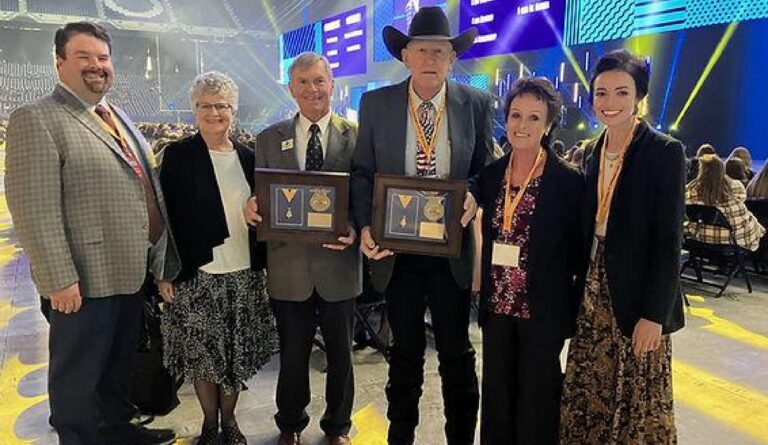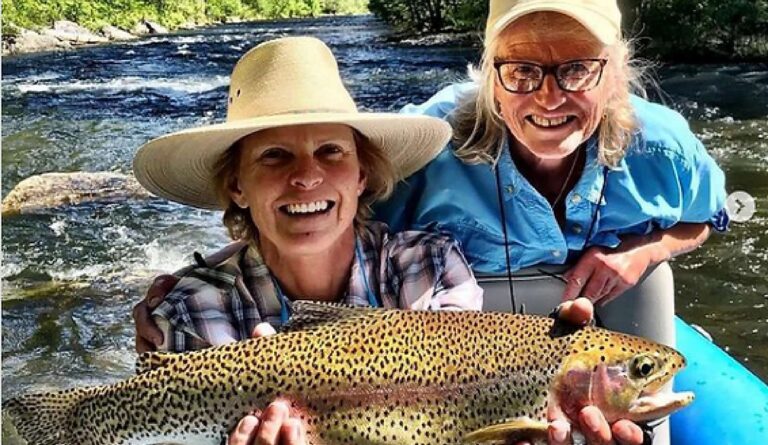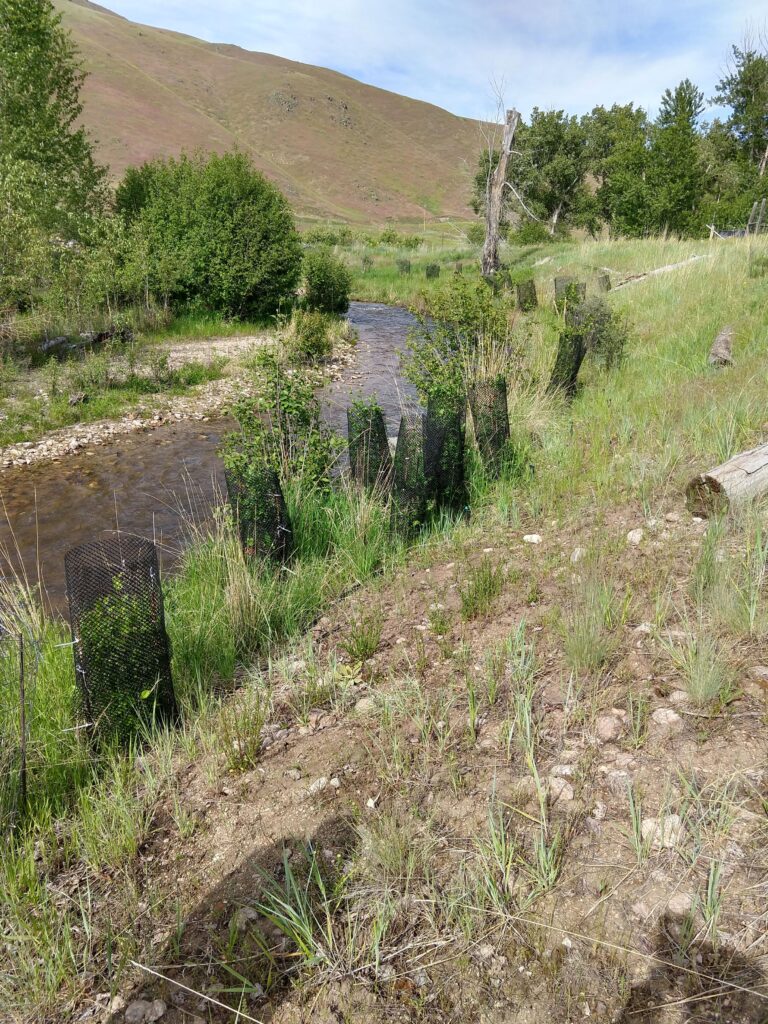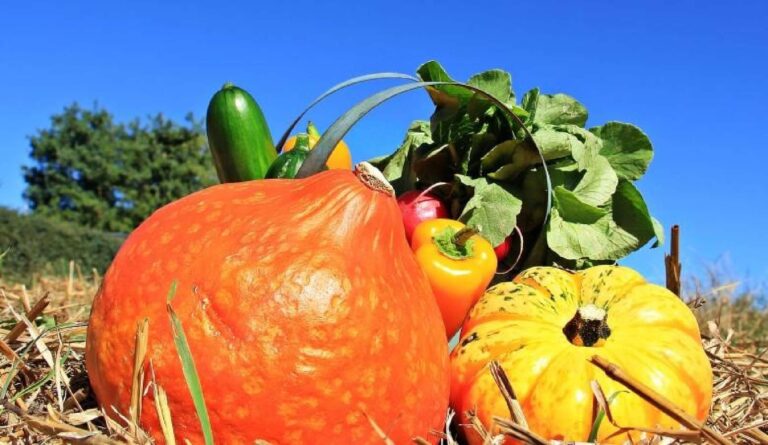We’ve Got Something Special-The Importance and Value of the Bitterroot
By Ellie Ross
For the folks who live here, the value and importance of the Bitterroot may seem obvious. Look around the valley and you can gaze upon the jagged Bitterroot Mountains to the west, the gentler Sapphire Mountains to the east, the over 1.2 million acres of public land surrounding us, the River that gives our valley its name, and so much more! Our valley stands out as a Blue Ribbon trout fishery, a tourist destination overflowing with outdoor recreation opportunities, a massive and complex system of streams that sustains a diversity of wildlife, and a place with a proud history of farming and ranching regardless of the naturally harsh conditions. The beauty of the Bitterroot is more than skin deep and is something to be not just celebrated, but also protected.
Our Long History and Deeply Rooted Agriculture
The roots of the Bitterroot go deep into the past and humans have been settled in the valley for over 10,000 years starting with the Salish people, whose ancestral home and hunting grounds were here, followed by settlers who saw the valley’s agricultural potential. Today’s Bitterrooters don’t just enjoy the wildlife and recreational opportunities from the River; we have used it to transform a land with an average of only ~13” of annual precipitation into one with green pastures, and productive farms and ranches. Ranchers and farmers depend on snowmelt and the water that rushes down from the surrounding mountains into one of the oldest irrigation systems in the state, first initiated in 1909, to water crops and animals. Just like the fish, wildlife, and plants surrounding them, the people that call the Bitterroot home depend on the river to thrive.
Dive Into the Great Outdoors – An Angler’s Dream
People come from all over to fish, making the Bitterroot the third most heavily fished river in Montana. Compared to rivers of similar size, which average 300-500 trout per mile, the Upper Bitterroot stands out with an average closer to 1,000! It’s not just local bias when you hear proud Bitterrooters declare our river as one of the best in the country. This high quality of fishing is aided by the fact that our valley is lush with wild spaces. 75% of Ravalli County is made up of public Forest Service lands! These largely intact swathes of natural habitat help give wildlife a place to live and breed while providing locals and visitors with endless opportunities for hunting, fishing, hiking, and backpacking.
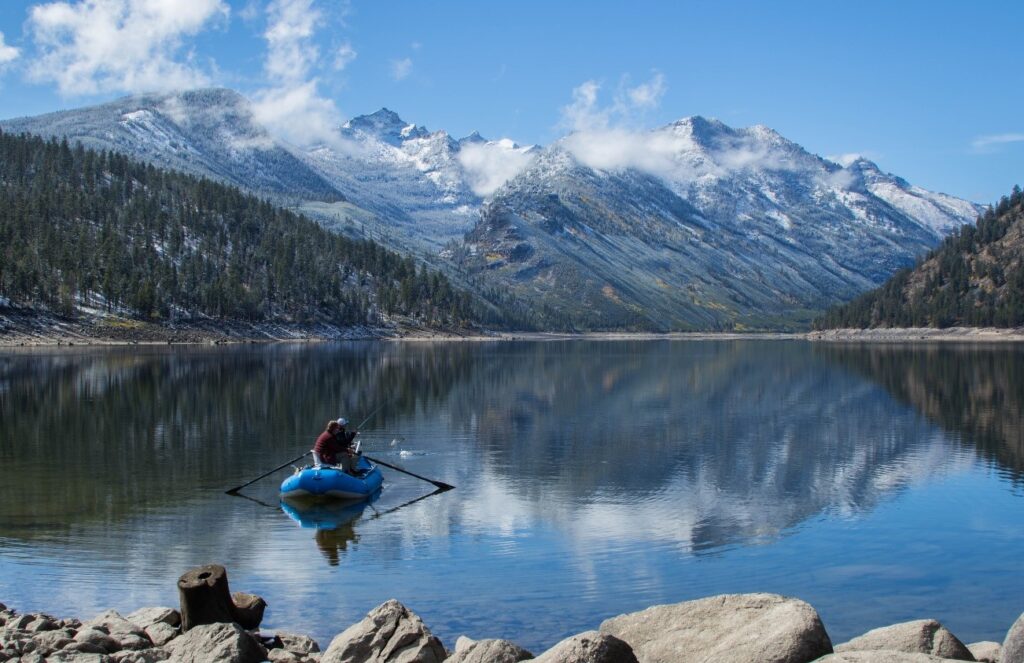
A Streamside Paradise for Wildlife
Although the only animals to call the actual river home are trout and other aquatic species, other animals depend on the river just as heavily as our ranchers, farmers, and anglers do. The land surrounding the hundreds of rivers and streams, or ‘riparian areas’, are some of the most productive areas in the entire state. Riparian habitat can often be characterized by shady willow groves and a lusher, more productive, or different type of vegetation than the surrounding, often drier land.
These areas are crucial when it comes to nesting, resting during migration, and raising young. The Montana Audubon estimates that 55% of Montana’s birds rely on the streamside habitat as breeding grounds and the trout that anglers love to chase also depend on the shade and leaf litter that come from streamside vegetation. Other larger species also depend on riparian areas to raise and rest with their young. When we lose precious healthy riparian zones, residents, visitors, and wildlife lose access to the cold, clean waters and stable wildlife populations they support. However, when we support revegetation projects-like those at Doran Creek and Skalkaho Bend Park– we restore new potential for healthy water for people, wildlife, and fish.
It’s Nothing We Can’t Handle
While the Bitterroot stands out amongst Montana rivers for its productivity and wild character, the river has started to feel the effects of our modern times. Rising temperatures, increased levels of sediment (fine debris), and losses in riparian habitat are threats facing our River. Westslope Cutthroat Trout and Bull Trout are Montana species of concern and without proper protections, the trout that make the Bitterroot stand out could start to fade away. However, streamside revegetation projects are opportunities to provide shady areas for fish and wildlife to cool down and decrease evaporation rates to keep our valley’s water clean, cool, and abundant.
By holding land together, the network of roots from riparian vegetation can help tackle the problem of increased sediment levels, which can originate from runoff from old, degraded dirt roads or naked streamsides. Otherwise, increased sediment in the water means millions of particles of loose soil and sand can suffocate fish eggs, clog up gills, and decrease visibility in streams, ultimately hindering fish’s ability to hunt and detect predators.
We live here because we love it here, and loving something means taking care of it. It takes more than just a village to protect over 2,400 square miles of the valley and the Bitterroot Water Partnership is proud to be just one piece of the mosaic of our community that works to keep our home beautiful!


